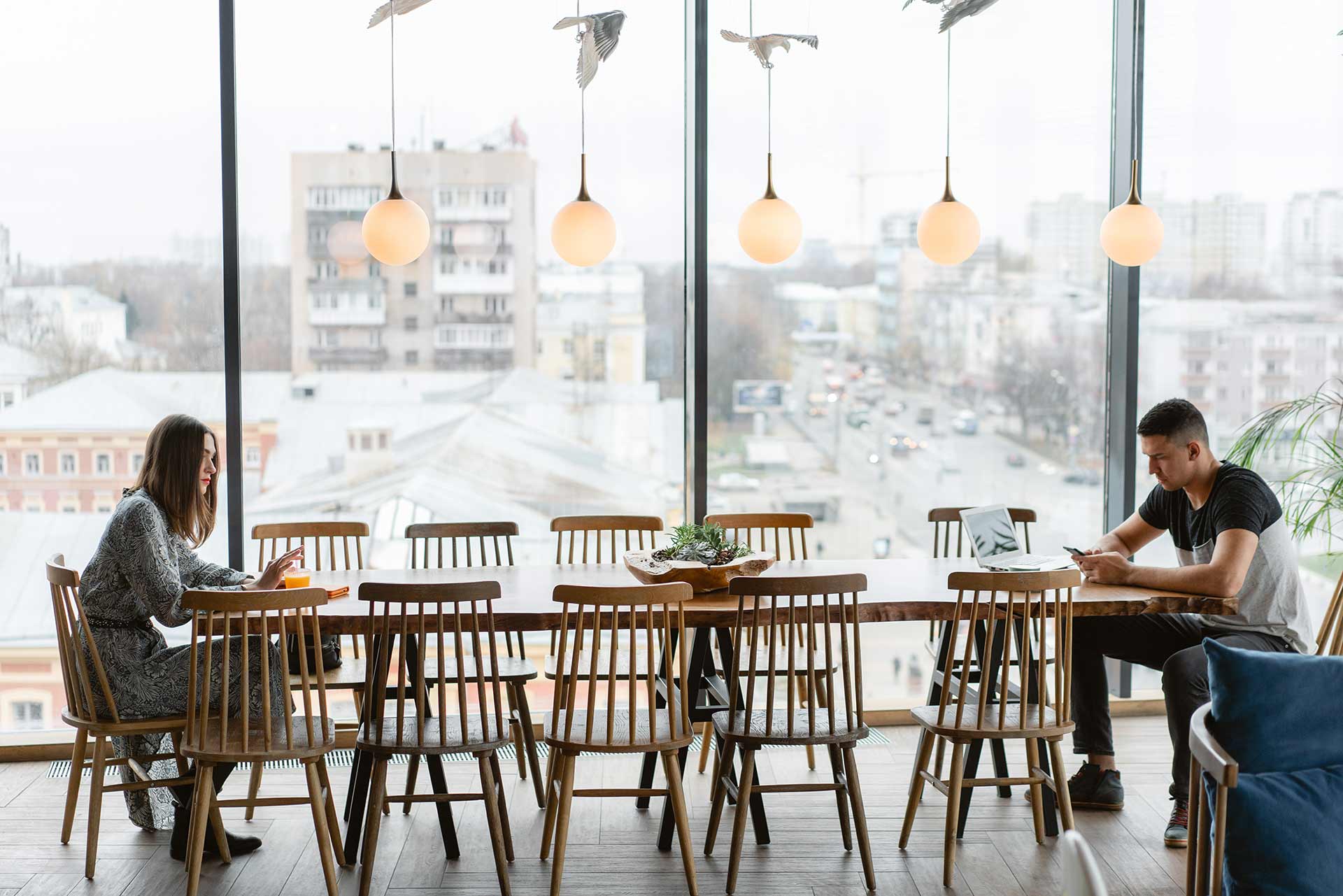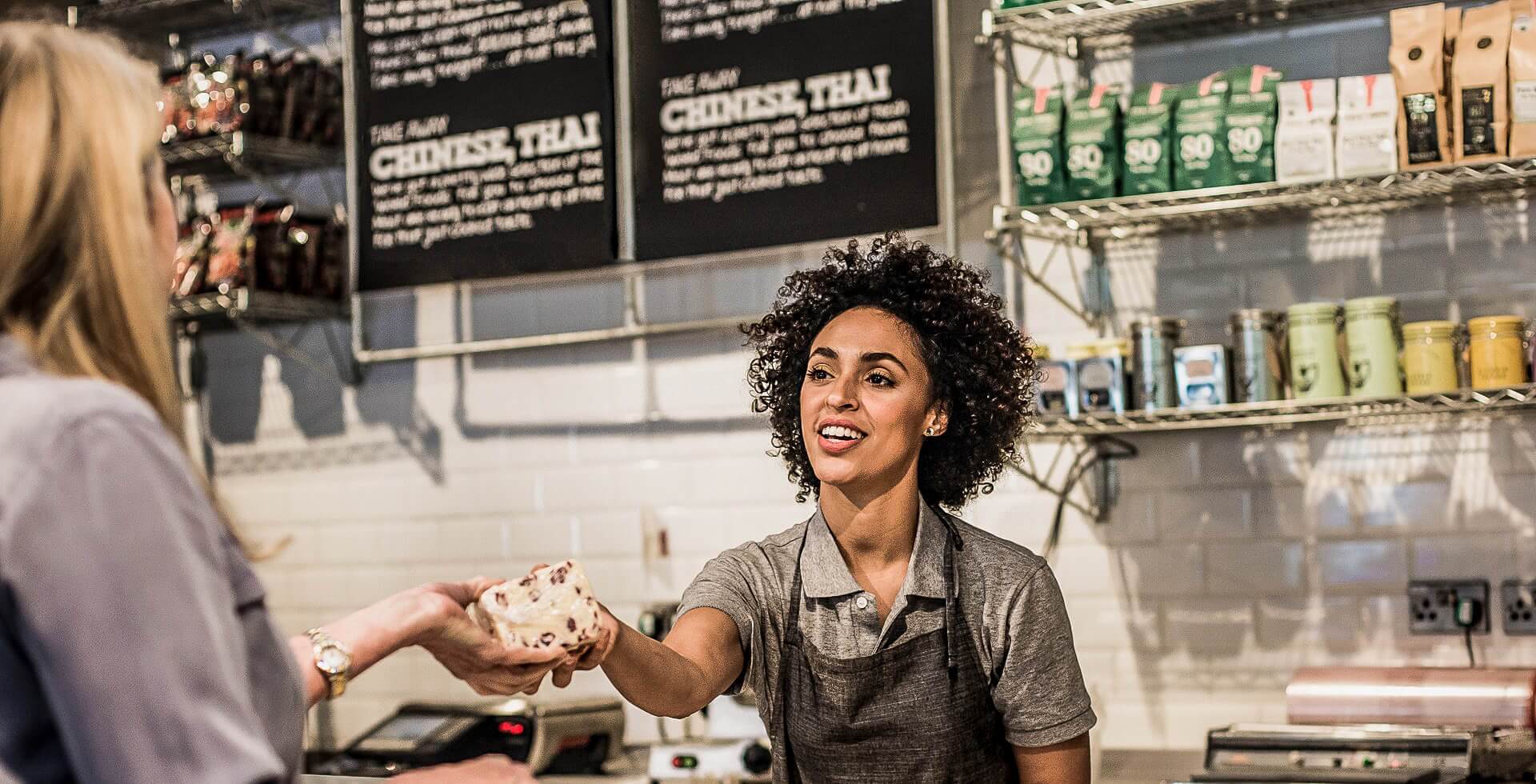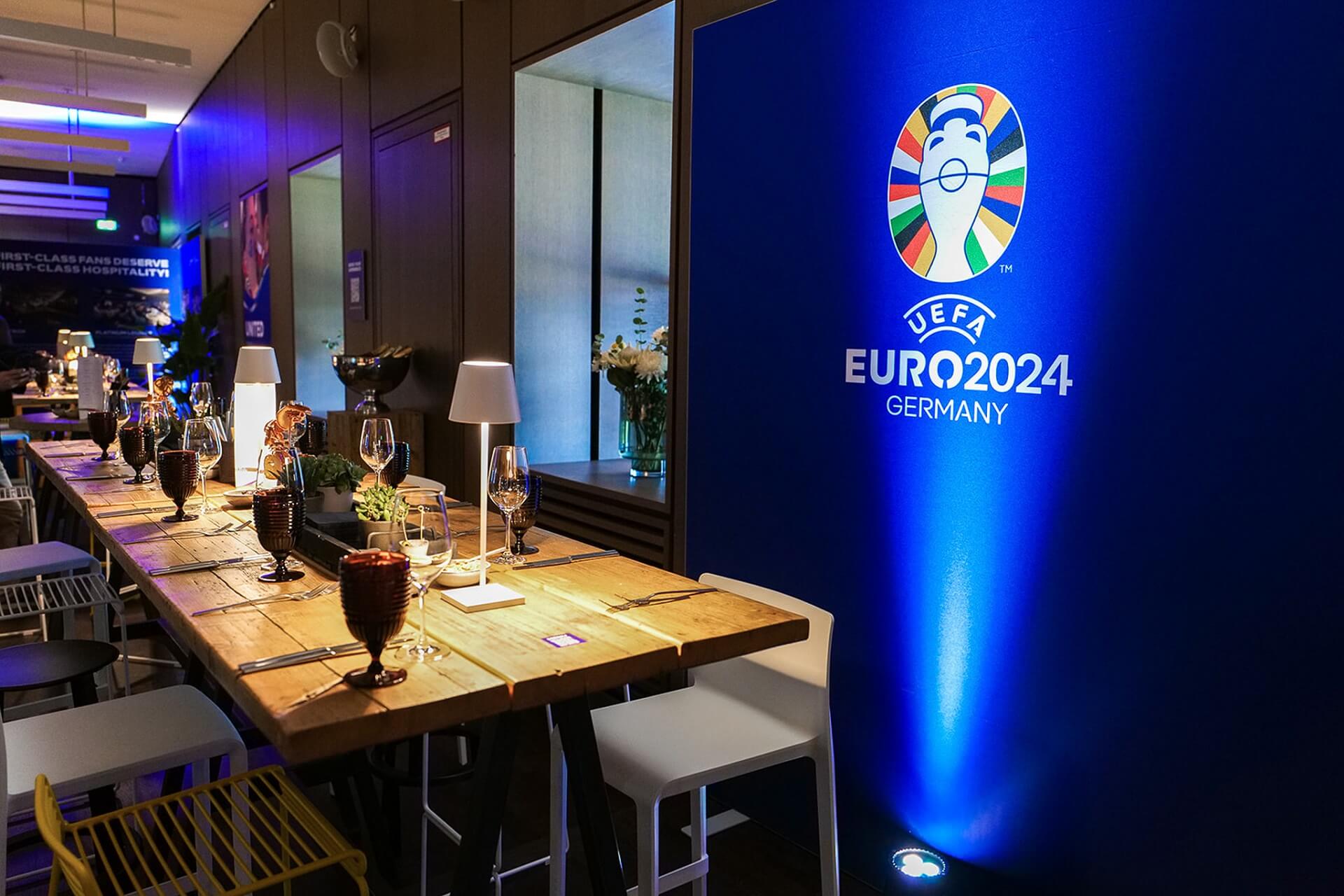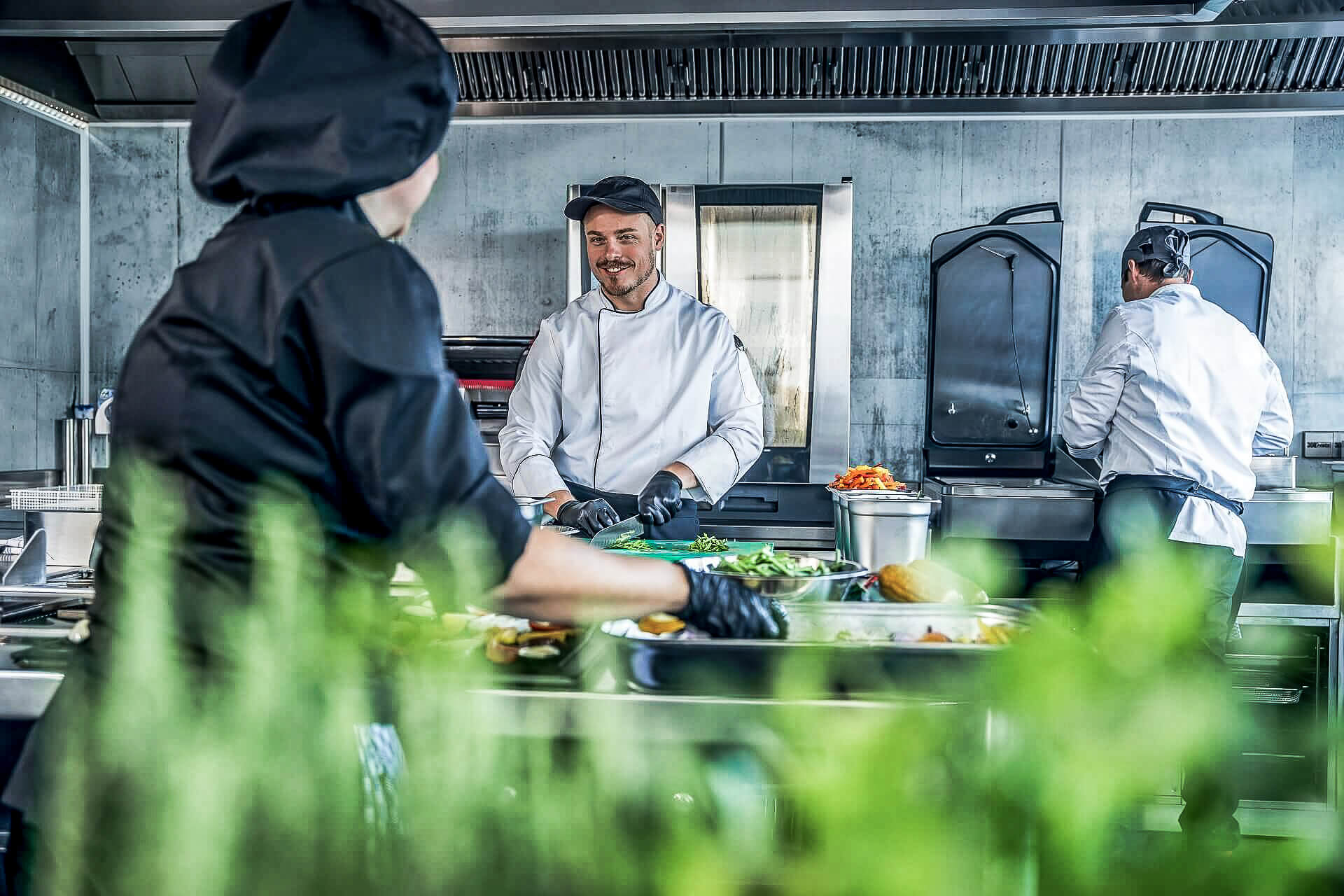It is hard to overstate the catastrophic impact that the Covid-19 pandemic has had on the foodservice sector globally. Underlining the severity, market analyst Euromonitor has described the Covid-19 crisis as “by far the worst crisis to impact the consumer foodservice industry in the post-World War II era”.
Everybody can agree that the dining landscape will likely be unrecognizable after this challenging period of time. The pandemic has shut down millions of restaurants globally – with many unlikely to reopen – and millions of jobs will be lost. In the US alone, two out of three restaurant jobs will be affected, according to the National Restaurant Association.
No one has been left untouched. New York restaurant Eleven Madison Park, voted the best in the world in 2017, might not reopen after Covid-19. Chef-owner Daniel Humm commented recently that the future of the restaurant was uncertain.
Casual chains have been hit heavily too – in the UK, the Chiquito chain has announced that 61 of its 80 locations will not reopen when the shutdown ends.
Future visions
But it appears that we can now start to look to a future beyond Covid-19. In the last few weeks Asian countries have started to emerge from lockdown and European countries, including Germany and Austria, have announced plans to reopen restaurants.
So, what will the post-pandemic dining rooms look like? In Asia, where the virus first emerged, countries are at last starting to see some improvements with infection numbers and deaths down and restaurants have slowly started to reopen.
In China, this means restaurants are getting back to business with social distancing and additional health and safety measures implemented. Customers’ temperatures are taken at the door, masks are required and some places ask for address and ID to assist in tracing of the virus.
Inside restaurants, tables and chairs have been removed to allow for more space for customers and groups are limited to four or six people at each table.
In Europe, there has been talk of introducing Perspex® dividers in dining rooms and operators are busy trying to work out the best way to comply with new government instructions. Some, however, have reservations about the mooted options. Restaurateur Jeremy King, who along with business partner Cris Corbin runs some of London’s most iconic restaurants, including the Wolseley, said in the Corbin & King newsletter that it was inconceivable to reopen with social distancing measures in place.
“I am afraid I certainly have no interest in going to a place where I am sitting in isolation, surrounded by Perspex® screens and served by someone in a mask and gloves – where’s the fun in that?” he asked. “Restaurants are generally social hubs which depend on the conviviality of community and we need to understand this.”
A changed picture
In the face of government-ordered shutdown, many operators have got through this time by embracing delivery and take-away and while it is hardly sustainable nor the key to survival – as one chef said, the weekly takings from delivery equates to one busy Thursday evening in pre-Covid times – it has been a welcome revenue stream for many.
For those who make it through, delivery is likely to boost the continued growth of the restaurant – restaurants who didn’t previously offered delivery will surely continue with it, at least while the threat of the virus looms and customers slowly begin to return.
And recent studies indicate that restaurants have a job to do in building trust before consumers return to the dining rooms. Research firm Ipsos Mori found that 61% of Britons would feel uncomfortable going to bars and restaurant. And while 29% said they were happy to go out to eat, just 21% said they would use public transport to get there.
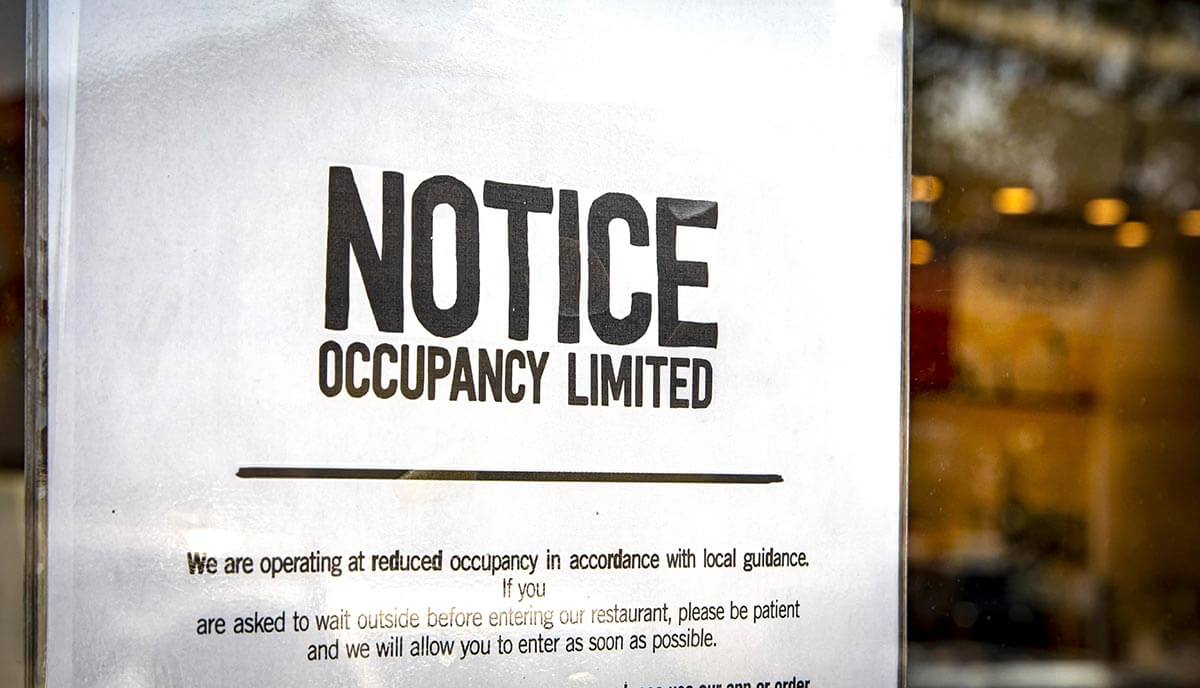
Image: F Armstrong Photo – stock.adobe.com
It begs the question: regardless of government instructions, how will diners behave after the lockdown ends? How will their relationship to restaurants change by this time?
The boom in restaurants pre-Covid 19 was fired to a large extent by a generation of discerning Millennials who wanted eating experiences, not just food as fuel. How, one wonders, will they behave after several months of being at home and getting used to cooking again?
As consultant Joe Schumaker FCSI, CEO of Foodspace in the US says, “it takes 21 days to build a habit and most people have already been locked down for more than 21 days, which means everybody has had time to build a new habit,” he says. “The question is what does the new habit do to the food economy?”
For Millennials it could mean a new love of home cooking. “They are learning to cook and the longer this goes on, they are finding the value that the older generations grew up with because they are being forced to not because they want to,” says Schumaker.
Looking ahead
For some the Covid-19 crisis presents the world of food with a precious opportunity to make changes for the better. “This has shown us how broken the food system is and how challenging it is for restaurants. We have to change the system not just make different choices,” says chef and sustainability activist Anthony Myint from the non-profit organization Zero Foodprint.
“When this is over I really hope we don’t forget the important issues such as sustainability – not just for chefs to say, ‘oh, the best choice is to go shop in farmer’s markets’, but actually change the whole system on how we produce food.”
Schumaker believes that the wider foodservice sector is in for a major reset, which will see consumers changing behaviors and in turn changing the way foodservice operates. He compares it to how habits changed after the depression in the 1930s. “It transformed the food ecosystem; basically, overnight it went to this approach of preserve, protect and defend everything you have. Canning foods, stockpiling and creating new ways of packaging stuff so you can ration it if you need to,” he explains.
“There is going to be some of that. The Kraft and Kellogg factories of the world, which were seeing huge economic declines over the last 10 years, are busier than they have been in a long time, making processed food products. My question is if that is short-lived, is that the panic buying freak out moment and will we shift back to where we were pre-pandemic?” he says.
During a virtual roundtable discussion, organized by the Basque Culinary Center in Spain earlier this month, Eneko Atxa, chef owner of the three Michelin-starred Azurmendi restaurant struck an optimistic note. “As chefs we can be part of the solution. I understand gastronomy as a medicine capable of strengthening our health, our spirit and our culture, but also our economy. That’s why we must take our knowledge and use it in this context to find solutions,” he said.
“There will always be interest in fine-dining – in life, we are just passing through. We want to find happiness and we try to provide that in our restaurants. Fine-dining will change its clothes after this: it will still exist, I just do not know what it will look like.”
Schumaker, too, predicts that eventually we will get used to this new normal. “Think of 9/11 – it changed the way we travel forever, but three years out from that happening going through security in the airport, you didn’t give it a second thought,” he says. “Life just went on. This is true for the food industry to some extent.”


